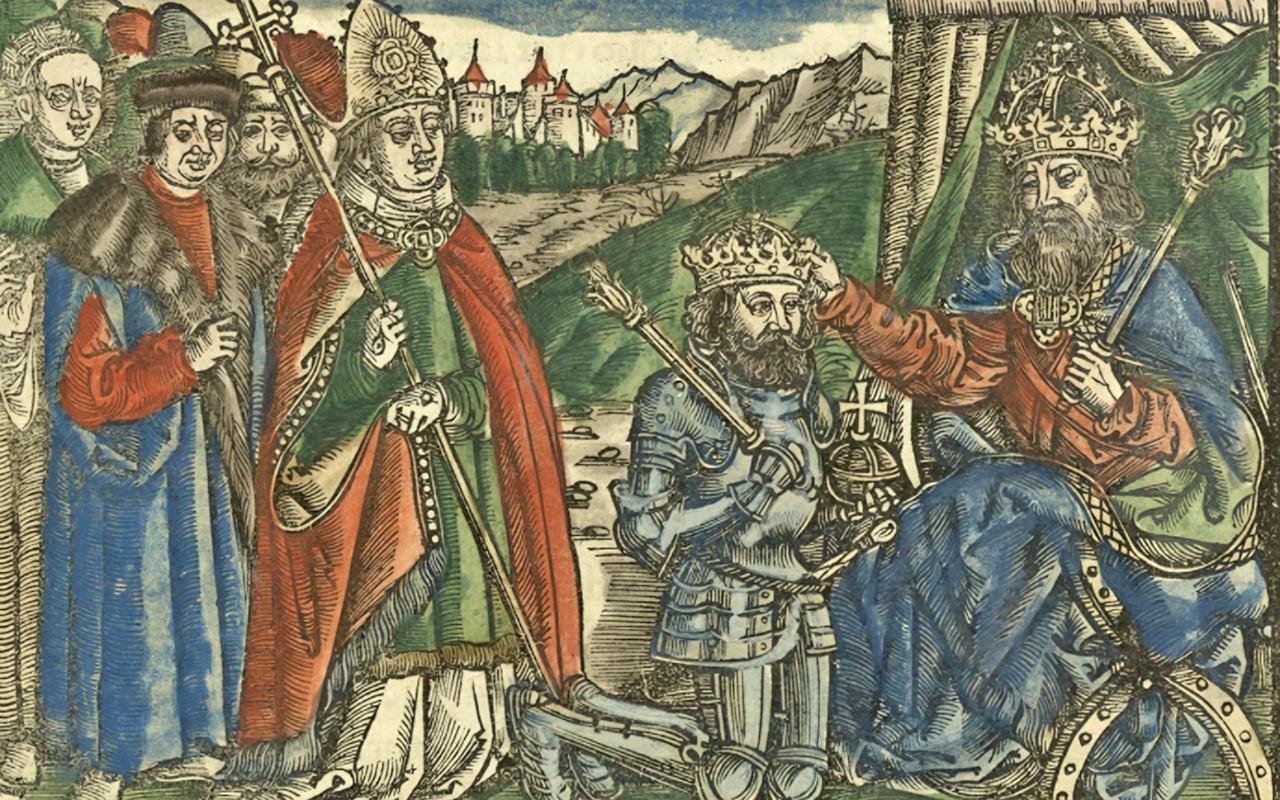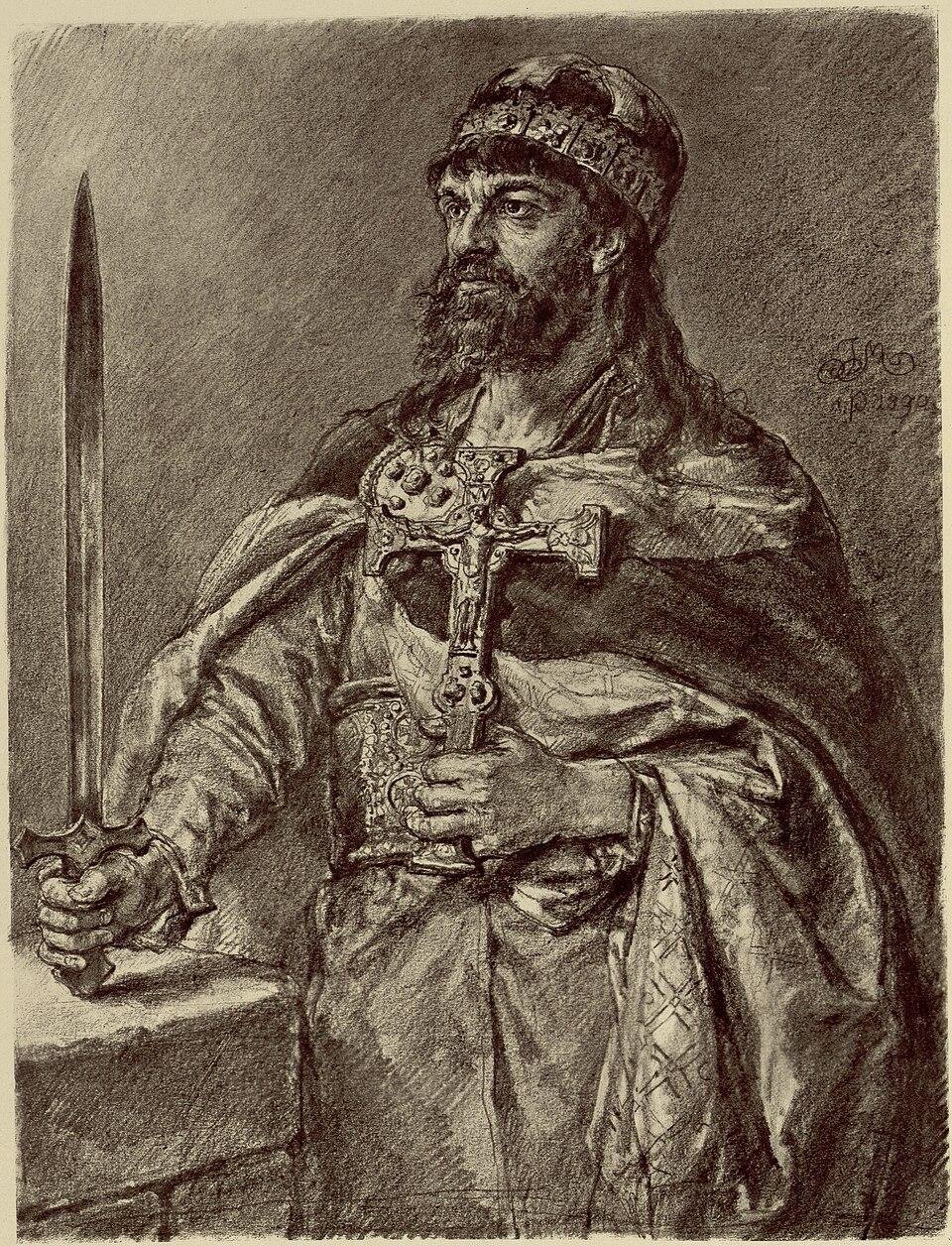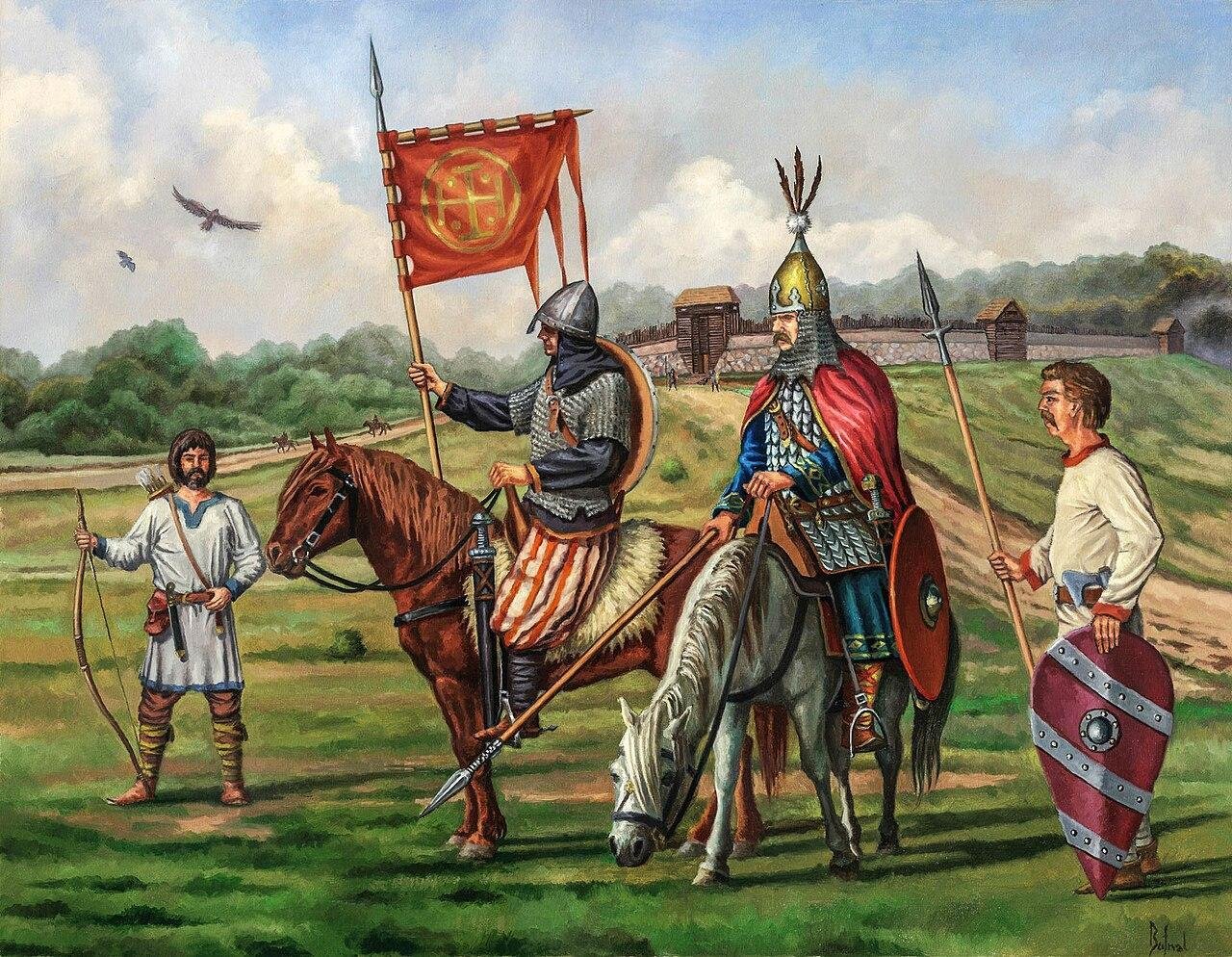A DNA analysis is rewriting history for Poland’s first royal family, the Piasts, who ruled from the 10th to the 14th century. Scientists had debated for decades the origins of the dynasty—were they Slavic local chieftains, Moravian exiles, or perhaps Viking warriors? Now, thanks to advanced DNA testing led by molecular biologist Professor Marek Figlerowicz from Poznań University of Technology, there is evidence that the Piasts’ male lineage may lead back to the Picts of ancient Scotland.
 An illustration from a 15th-century manuscript depicting the coronation of Bolesław I, Poland’s first king. From Chronica Polonorum by Mathias of Miechów. Public domain
An illustration from a 15th-century manuscript depicting the coronation of Bolesław I, Poland’s first king. From Chronica Polonorum by Mathias of Miechów. Public domain
In collaboration with the Insтιтute of Bioorganic Chemistry of the Polish Academy of Sciences, the Poznań scientists have analyzed skeletal remains from more than a dozen Piast-era crypts. The biggest cache was excavated from Płock Cathedral in central Poland, where remains dated from 1100 to 1495 matched the historical reign of Piast rulers. Of 33 subjects examined (30 males and three females), the male skeletons all shared a rare Y-chromosome haplogroup that exists today primarily in Britain. One of the closest comparisons? A Pictish man buried in eastern Scotland in the 5th or 6th century.
“There is no doubt we are dealing with genuine Piasts,” Figlerowicz stated at a conference in Poznań in 2025. These results clearly indicate that the Piasts did not have local origins. But it is still unclear exactly when their ancestors arrived in what is now Poland—perhaps centuries earlier than Mieszko I, the first historically documented Piast ruler, or perhaps only a generation earlier through a strategic marriage alliance.
 Mieszko I, the first Piast ruler recorded in historical sources. Painting by Jan Matejko, c. 1893. via Wikimedia Commons
Mieszko I, the first Piast ruler recorded in historical sources. Painting by Jan Matejko, c. 1893. via Wikimedia Commons
Dynastic marriages were actually a part of medieval geopolitics. Figlerowicz pointed to the historical accounts of Świętosława, sister of Bolesław the Brave, who married kings of Denmark and Sweden and became the mother of rulers of England, Denmark, and Norway.
 Świętosława, sister of Bolesław the Brave. Painting by Jan Matejko (1838–1893), public domain
Świętosława, sister of Bolesław the Brave. Painting by Jan Matejko (1838–1893), public domain
Critics of the study caution against jumping to conclusions. Dr. Dariusz Błaszczyk of the University of Warsaw’s Insтιтute of Archaeology has questioned the Poznań team’s identification of the haplogroup R1b-S747, suggesting that it may be the result of contamination or a sequencing error.
Meanwhile, environmental studies at Lake Lednica, a site often considered the cradle of the Piast state, offer further background. A team from Poznań analyzed buried pollen and found evidence of a drastic 9th-century ecological revolution. Oak and lime declined, making way for cereal crops and pastureland, and soot and charcoal indicate widespread fires. This change is in line with the development of fortified settlements and supports a model of resource-led growth, driven by amber and slave trade routes, at the core of the Piast state.
 Mieszko I’s warriors. Credit: SebbeKg / CC BY-SA 4.0
Mieszko I’s warriors. Credit: SebbeKg / CC BY-SA 4.0
Although the Piasts were possibly not of Slavic paternal roots, their rule coincided with a population of deep local continuity. Further genetic studies, such as those carried out on Iron Age burials in Kowalewko, show that the population at large had been genetically stable for centuries. Mitochondrial DNA extracted from these cemeteries showed that although the female line was linked to Early Neolithic farming communities, the male line was similar to that of Jutlandic populations.
Cumulatively, these findings are in line with the Piast dynasty emerging from a foreign elite that was integrated into a long-established local population. Their rise was likely supported by favorable environmental conditions and access to lucrative trade routes, rather than just foreign conquest.
More information: Proceedings of the National Academy of Sciences / May 2025 conference





